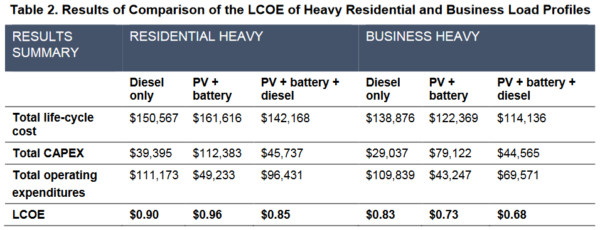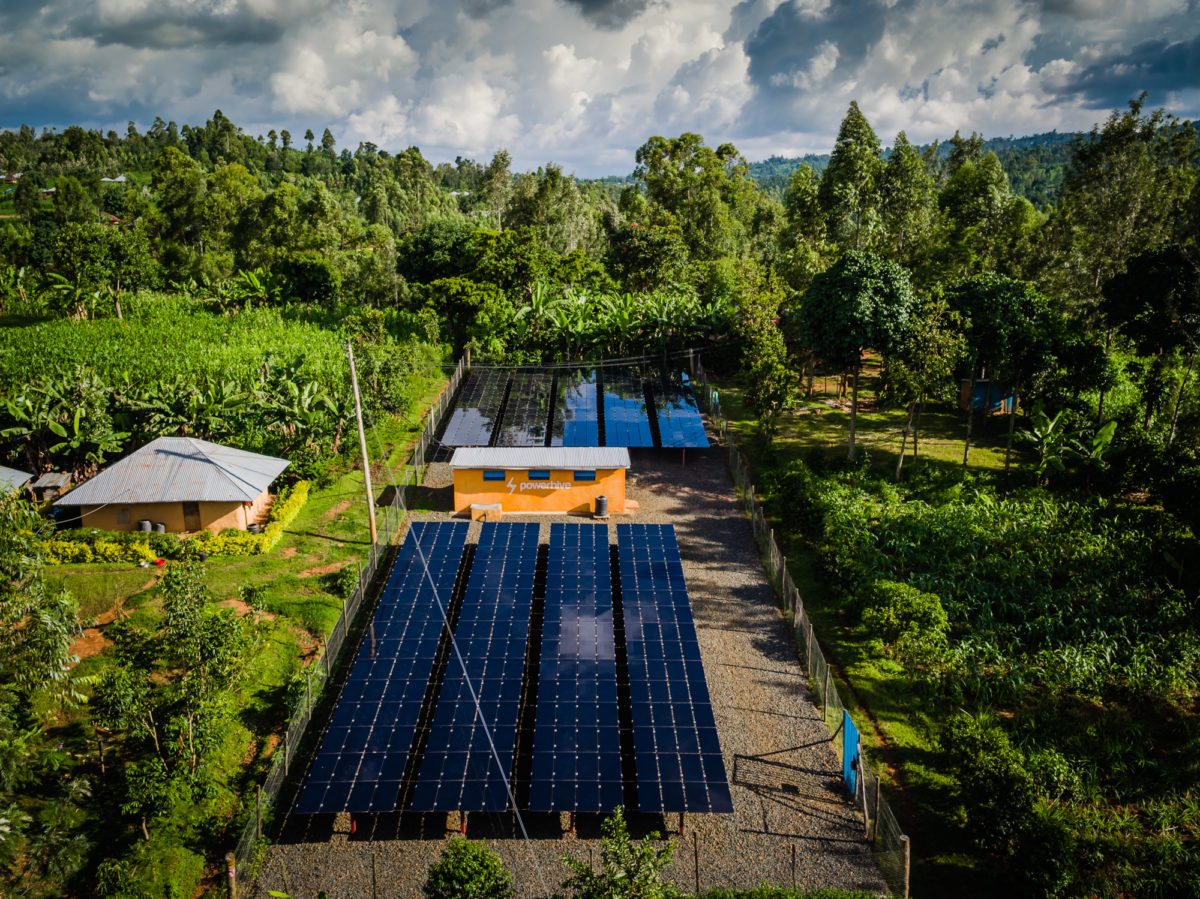According to a new report by Energy 4 Impact, the business case for microgrids in rural Africa improves with the addition of “productive use of energy” (PUE).
The authors of the study – produced with the U.S. National Renewable Energy Laboratory (NREL) in support of Power Africa’s Beyond the Grid Program – say the increased use of energy by small agriculture, sawmills and other businesses will help pay off the capital costs of microgrids faster, and thus help reduce energy costs for all users. Reportedly, without businesses as main consumers on such microgrids, a certain threshold energy consumption for critical revenue generation may not be surpassed.
Researchers analysed different scenarios using a predetermined base case for a rural village in Tanzania, and added different commercial loads to the base case, using NREL’s REopt modelling tool to calculate the effects on grid economics.
The study goes into further detail to make projections about the energy consumption of different off-takers, suggesting there is no ‘one-size-fits-all’ system layout. However the layout and optimal system sizing are essential to attain the best possible tariff structure for residential and business customers.
The researchers suggest most microgrids have been oversized to date, resulting in negative effects on pricing. Adding business loads would solve the problem, they claim. However it is important to gather sufficient data about energy consumption patterns to inform commercial consumers whether microgrids can cope with their peak energy period demands.

Table: NREL
While factoring business consumption into the equation of system sizing and design is no simple task, it is worth noting other recent reports have suggested establishing microgrids in rural Africa – where energy supply is either absent or intermittent – has positive effects on the business climate. The study projected an overall uptake in jobs, salaries and productivity.
The data shows 58% of households which had recently installed off-grid solar, worked more or developed their enterprises, due to the availability of electricity. Additionally, 36% of such households reportedly ramped up average income by an additional $35 per month. In the region in question, that is the equivalent of half the average monthly household GDP.
With the addition of solar-powered electric lighting, respondents said they could spend 44% more time at work or on chores. This improvement generates income for households and increases the economic activity of business owners, the report says.
This year more than one report has suggested microgrid solutions provide the best economic scenario to bring electricity to the estimated billion people that have no access to electricity.
NREL and Energy 4 Impact published the new study to highlight the importance of optimized system design in microgrids, to reach the best possible tariff structure for users in areas where the economic situation constrains spending.
This content is protected by copyright and may not be reused. If you want to cooperate with us and would like to reuse some of our content, please contact: editors@pv-magazine.com.




By submitting this form you agree to pv magazine using your data for the purposes of publishing your comment.
Your personal data will only be disclosed or otherwise transmitted to third parties for the purposes of spam filtering or if this is necessary for technical maintenance of the website. Any other transfer to third parties will not take place unless this is justified on the basis of applicable data protection regulations or if pv magazine is legally obliged to do so.
You may revoke this consent at any time with effect for the future, in which case your personal data will be deleted immediately. Otherwise, your data will be deleted if pv magazine has processed your request or the purpose of data storage is fulfilled.
Further information on data privacy can be found in our Data Protection Policy.